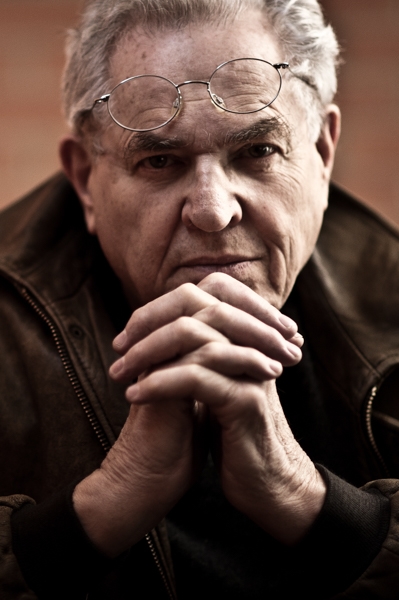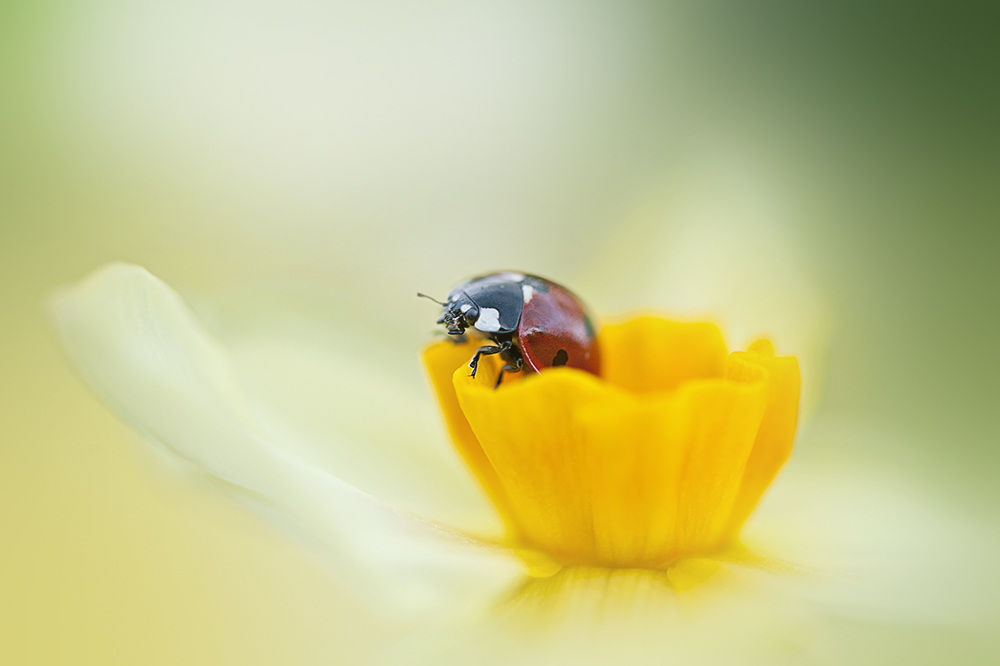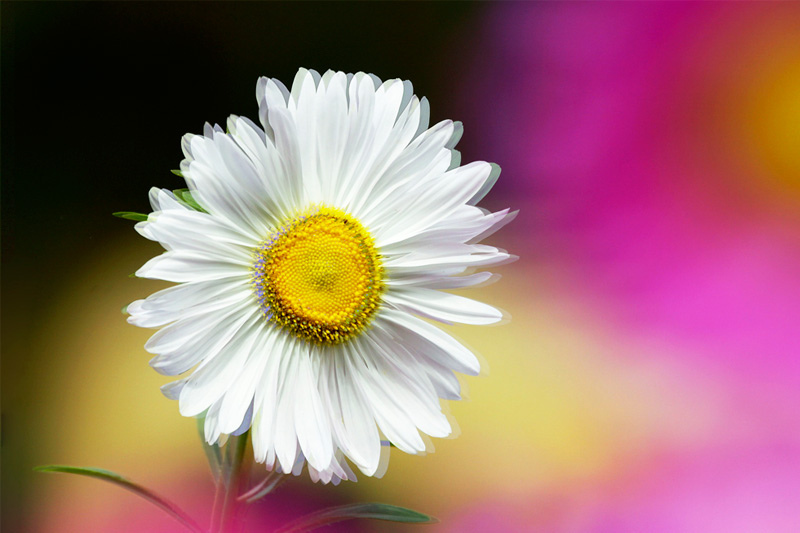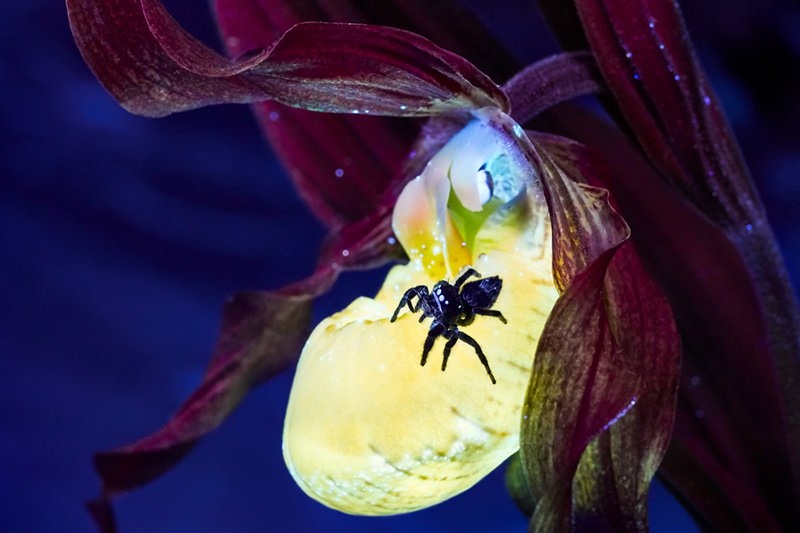you need t
NICK NIGHT: WELCOME TO THE WORLD OF FUTURISTIC AND FUNNY FASHION FILMING
 “I feel that I exist in the future. And, I will tell you, this is an unusual place!”
“I feel that I exist in the future. And, I will tell you, this is an unusual place!”
Nick Knight is associated with fashion photos, moreover, he is inextricably linked with the fashion world. But the photographer cannot be called “one of.” In contrast to the photographs of many figures in this direction, his work is distinguished by innovativeness and non-standard. Knight’s photos are amazing. It does not reflect trends, it sets them.
The future cult photographer began his career, like many, with a simple passion for photography. It helped him impress the fair sex.
Nick was born in London on November 24, 1958. His family held very democratic views on raising children, so the boy always felt support from his parents in all his endeavors. Continue reading
REVERSE RINGS FOR MACRO OR CONTINUE TO STUDY MACROPHOTOGRAPHY
 Professional photographer Andrew Gibson (© Andrew S. Gibson) talks about a method that allows you to get to an object very, very close – through the use of reversible rings.
Professional photographer Andrew Gibson (© Andrew S. Gibson) talks about a method that allows you to get to an object very, very close – through the use of reversible rings.
Reversible rings for macro
If you already have a lens with a focal length of 50 mm or a whale lens (usually lenses with focal lengths of 18-55 mm), then acquiring a reversing ring will also be the most inexpensive way to get macro equipment and join the macro culture completely armed.
The method involves working with a lens inverted backwards, so that the front element looks at the camera, and the rear – at the subject. To do this, you need to buy a special adapter – a reversing ring, which allows you to mount an inverted lens either to the camera or to another lens. Continue reading
SIX FUNDAMENTAL MACRO PRINCIPLES
 Macro photography is sometimes mistakenly called “close-up photography” in photography. This statement cannot be considered fundamentally false, but if you use it, then very many may consider you an amateur. In the classical sense, macro photography is called shooting at a scale of 1: 2 – 20: 1 (that is, 1 centimeter of the image on the photosensitive material of the camera corresponds to 2-0.05 centimeters of the object). As a rule, macro subjects are very small – most often they are insects or flowers.
Macro photography is sometimes mistakenly called “close-up photography” in photography. This statement cannot be considered fundamentally false, but if you use it, then very many may consider you an amateur. In the classical sense, macro photography is called shooting at a scale of 1: 2 – 20: 1 (that is, 1 centimeter of the image on the photosensitive material of the camera corresponds to 2-0.05 centimeters of the object). As a rule, macro subjects are very small – most often they are insects or flowers.
Larger objects can also be interesting for macro shots if, for example, a photographer wants to focus on some very specific, smaller details of a large object. Continue reading




